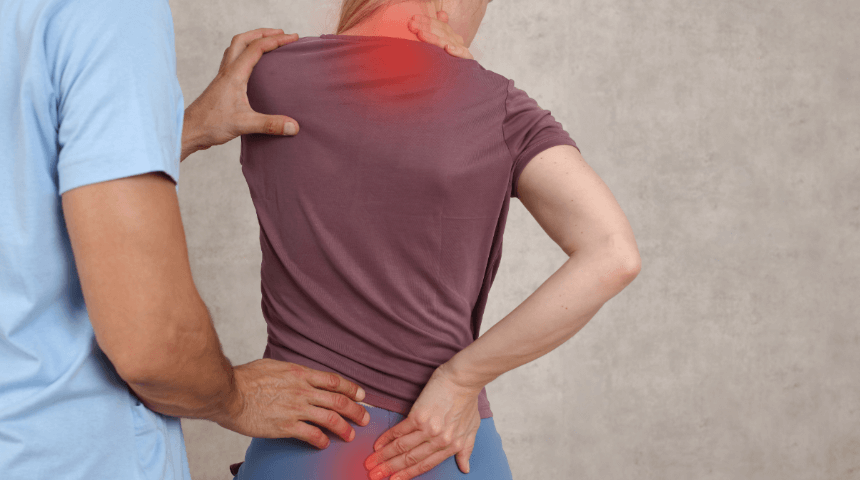If you suffer from joint pain and stiffness because of rheumatoid arthritis (RA), exercise can be difficult — but it’s essential. Not being active can worsen your symptoms.
This autoimmune and inflammatory disease is a malfunction of the body’s own immune system that results in limited joint mobility, pain and swelling.
Usually RA affects the joints in your hands, feet and knees but can progress to other tissues and organs, including lungs and blood vessels. The chronic condition occurs when your body’s immune system attacks healthy joint tissues.
Affecting 1 percent of the population, RA has no specific cause, but there are factors that appear to increase risk:
-
Age. RA can begin at any age, but onset is highest among adults over 60.
-
Sex. Women are two to three times more likely to develop RA.
-
Genetics. People born with genes called HLA (human leukocyte antigen) are at increased risk.
-
Smoking. Smoking (and exposure at a younger age to second-hand smoke) increases susceptibility.
-
Obesity. Being overweight increases both risk and pain associated with RA.
How To Manage RA Symptoms
There is no cure for rheumatoid arthritis, but there are steps and treatments that can increase your joint mobility, lessen pain and help with your normal daily activities:
-
Corticosteroids and anti-inflammatory drugs can decrease inflammation and help control pain.
-
Medications called disease-modifying antirheumatic drugs (DMARDs) can slow the disease and prevent joint deformity.
-
Weight loss reduces the stress on your joints.
-
Quitting smoking and dietary changes can minimize inflammation.
To improve your overall function, studies have shown that RA patients who have an exercise plan that includes flexibility, aerobic and resistance training see the best results.
Motion Is the Lotion
It may feel counterintuitive to make movement a priority when your joints already hurt, but inactivity can actually make many RA symptoms worse. The World Health Organization (WHO) recommends adults get 150 minutes of moderate exercise each week, and this includes those suffering with rheumatoid arthritis.
There are four types of exercises that can deliver positive results for reducing RA symptoms:
-
Flexibility. Stretching and range-of-motion exercises not only warm up muscles before any workout but improve flexibility and function of the affected joints.
-
Aerobic. “Joint-friendly” activities such as biking, walking and swimming can improve heart, lung and muscle function, plus deliver the added benefits of weight control, better sleep and even overall increased happiness.
-
Strengthening. Resistance training works your muscles (especially those near the affected areas), providing greater joint support and improved function.
-
Balance. Body-awareness exercises such as yoga or tai chi assist with posture and coordination and help to reduce the risk of falling (especially important if RA is affecting the knees and ankles).
Work with your medical team to assess your condition and create a plan that addresses your specific limitations and helps control flare-ups. And as with any exercise program, listen to your body and stop any activity if you feel sharp or acute pain.
Choose to Stay in Touch
Sign up to receive the latest health news and trends, wellness & prevention tips, and much more from Orlando Health.
Sign Up





